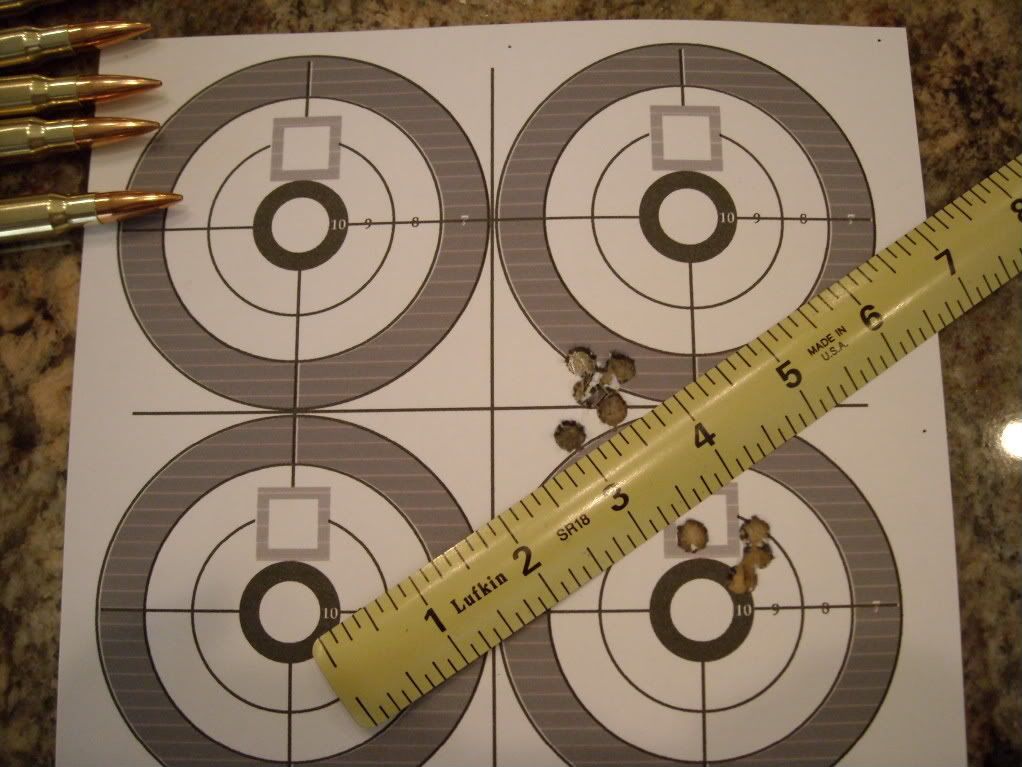308sako
New member
Best accuracy/velocity node, which the other "nodes" do not equal?
If I have an accurate load and assumed node at say 2820 ft/secs, can the next node up or down be superior to that, or should they be equal. The cartridge by the way is .308/155gr , not 6 PPC or derivative of same. Another short way of phrasing this would be is there a single best accuracy node in a given barrel?
Part two of this question would be if the "nodes" are expected to be approximately 120 ft/secs apart i the 6 PPC, are they spaced similiarly in other cartridges, or does each cartridge have it's own spread or reach between "nodes?" For instance would the .308 be spaced at say 165 ft/secs?
Thank you for your considered responses.
If I have an accurate load and assumed node at say 2820 ft/secs, can the next node up or down be superior to that, or should they be equal. The cartridge by the way is .308/155gr , not 6 PPC or derivative of same. Another short way of phrasing this would be is there a single best accuracy node in a given barrel?
Part two of this question would be if the "nodes" are expected to be approximately 120 ft/secs apart i the 6 PPC, are they spaced similiarly in other cartridges, or does each cartridge have it's own spread or reach between "nodes?" For instance would the .308 be spaced at say 165 ft/secs?
Thank you for your considered responses.


